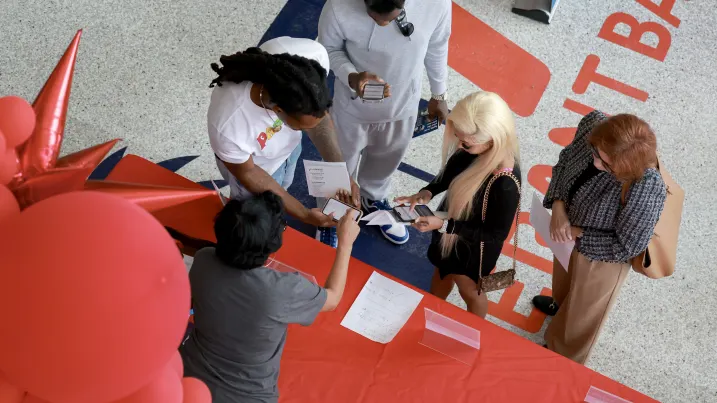June Unemployment Trends: Shifts in Jobless Rates Across Racial Groups
In June, the unemployment landscape showed divergent trends among different demographic groups in the United States. While the jobless rate increased for women across white, Black, and Hispanic racial groups, there was a decline in unemployment among male workers from these demographics. Additionally, the labor force participation rate held steady for white workers but decreased for Black Americans, while it saw increases among Asian and Hispanic Americans.
Jobless Rate Increases for Women
Last month, the unemployment rate rose for women across the white, Black, and Hispanic racial categories. This increase reflects ongoing challenges in the job market for female workers from diverse backgrounds. Factors contributing to this trend may include sector-specific employment fluctuations, caregiving responsibilities impacting workforce participation, and broader economic uncertainties affecting industries traditionally employing these demographics.
Decrease in Jobless Rates for Men
Conversely, June saw a decrease in the jobless rates among male workers across the same racial groups. This decline suggests some improvement in job prospects for men amidst economic recovery efforts and targeted workforce initiatives. The reduction in unemployment underscores potential shifts in hiring patterns and economic stability that have favored male employment in recent months.
Labor Force Participation Trends
The labor force participation rate, a critical metric reflecting the proportion of the working-age population actively engaged in the workforce, exhibited varied changes across racial demographics in June. While the rate held steady for white workers, indicating stable participation levels, it decreased for Black Americans. This decline may stem from a combination of factors, including structural barriers, economic disparities, and challenges in accessing employment opportunities.
In contrast, Asian and Hispanic Americans experienced an increase in their labor force participation rates during the same period. This rise suggests a growing engagement in the workforce among these communities, potentially driven by sectoral shifts, demographic trends, and initiatives aimed at promoting inclusive economic participation.
Economic Implications and Future Outlook
The disparate trends in unemployment and labor force participation rates underscore the complex dynamics shaping the U.S. labor market recovery. While efforts to reduce unemployment among male workers from diverse racial backgrounds show promising signs, the challenges facing female workers highlight the need for targeted policies and support mechanisms to address gender-specific barriers to employment.
Looking ahead, monitoring these trends will be crucial for policymakers, economists, and businesses alike as they navigate the post-pandemic economic landscape. Addressing disparities in workforce participation and unemployment rates across racial and gender demographics will require concerted efforts to foster inclusive growth, promote equitable opportunities, and ensure sustainable economic recovery for all Americans.
Conclusion
June’s unemployment and labor force participation data reveal nuanced shifts across racial and gender demographics in the U.S. labor market. While challenges persist for women, particularly from white, Black, and Hispanic groups, improvements in jobless rates among men and increased labor force participation rates among Asian and Hispanic Americans highlight areas of progress and opportunity. As the economy continues to evolve, addressing these disparities will be essential for fostering an inclusive and resilient workforce that supports economic prosperity for all communities.

